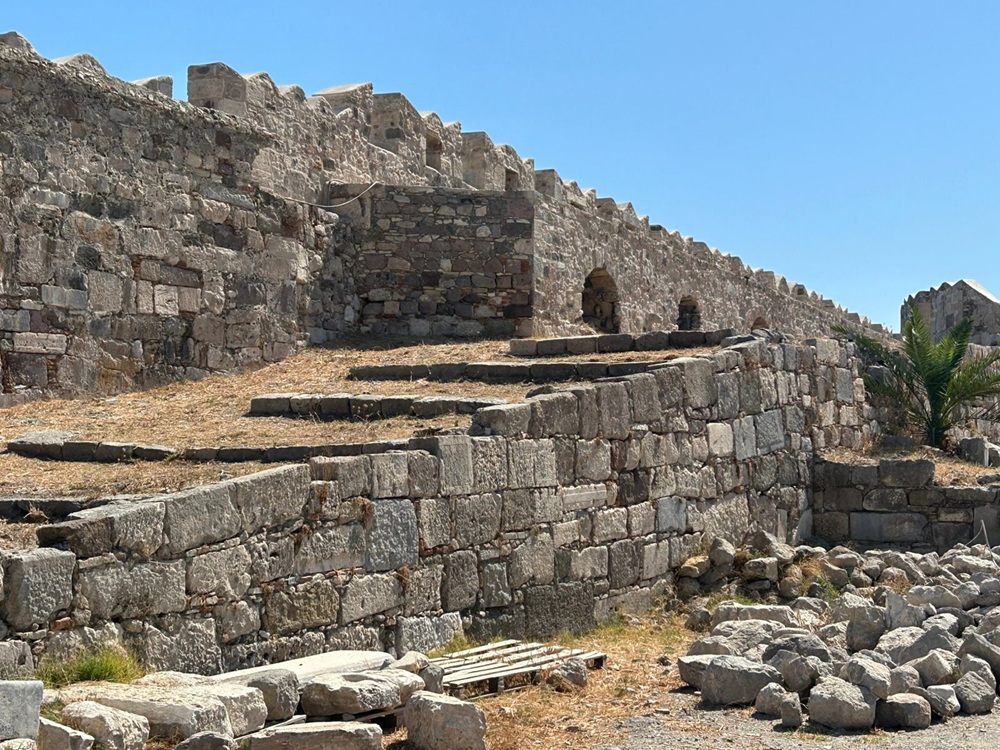
The Minister of Culture, during her working visit to Kos, inaugurated the restoration project of the Neratzia Castle. The castle, which was damaged by the earthquakes of 2017, has been restored to the local community by the Ministry of Culture, through the competent Directorate for the Restoration of Byzantine and Post-Byzantine Monuments, with €2,500,000 in funding from the Recovery and Resilience Fund. A particularly demanding technical project was carried out, involving the reinforcement of the walls, the reconstruction of parts of the superstructure, the strengthening of the joints, and the installation of gravel piles in the northeast section of the inner enclosure to stabilize the ground.
As the Minister noted in her speech, “every time the Ministry of Culture and the Archaeological Service deliver a restored project to the local community, it is a day of joy because we see years of effort coming to fruition. This particular project, at the Castle, was difficult, but it was carried out in the best possible way. The ground had to be stabilized, and a solid, sturdy foundation had to be created that could support the restored castle. When we first arrived in 2020—it was the first inspection we did after Kyriakos Mitsotakis took over the government—the situation we encountered was not just unpleasant, it was utterly disappointing. Two and a half years had passed since the earthquake, and nothing had been done. There were no recorded priorities. We started from scratch. From 2020 to 2025, the studies matured and were approved, tenders were held, contractors were appointed, and the projects were completed. Today, we are already opening the Castle, which will welcome visitors free of charge, at least until the end of October.”
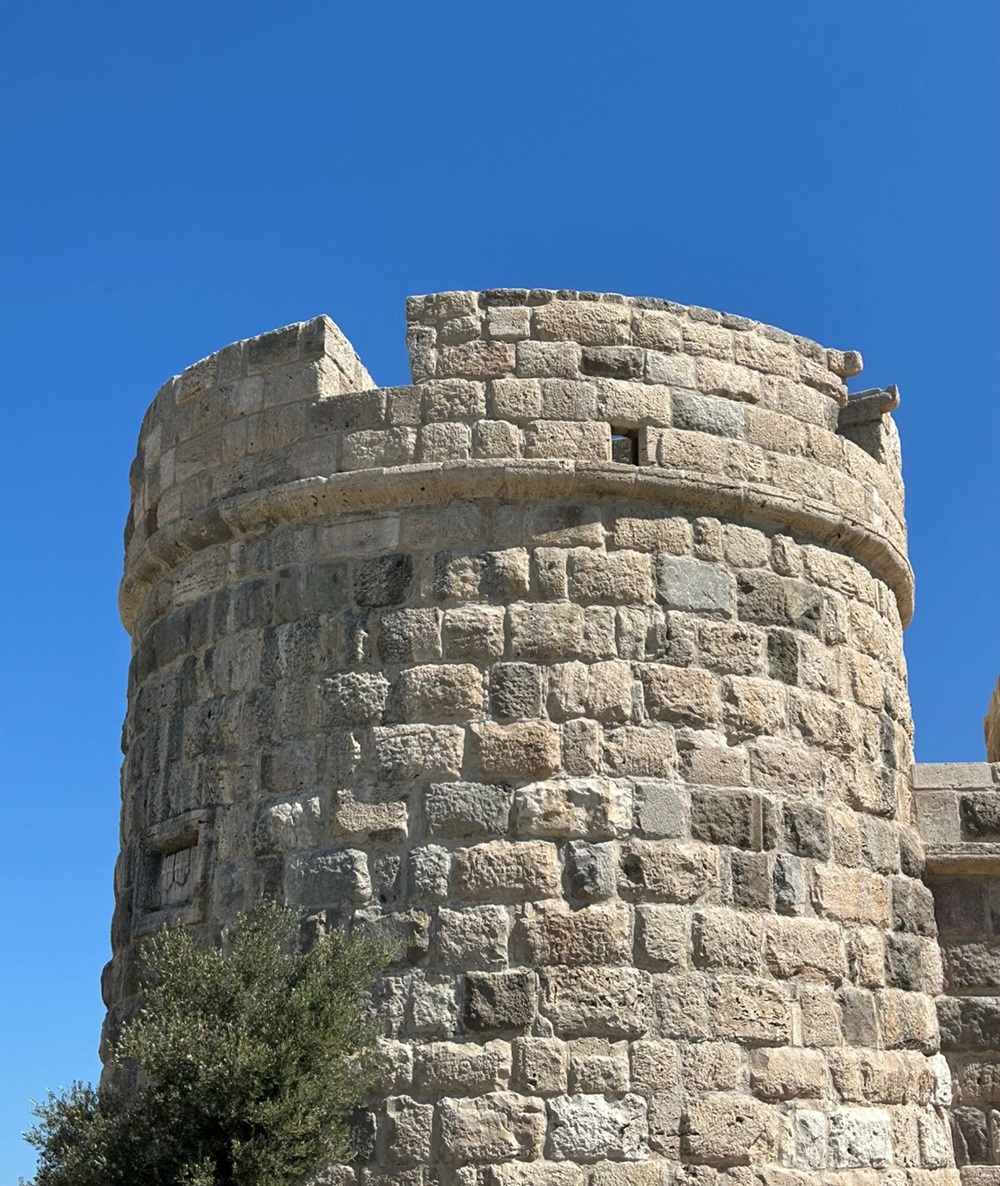
The Neratzia Castle is located at the entrance of the port of Kos, in an area that was an island in ancient times and was connected to the mainland by a bridge, which still survives today. Above the central gate, there is a Hellenistic frieze with masks and garlands. Transverse granite columns, probably from the early Christian basilica of Limenos, have been placed on the roof of the entrances (main gate, Carmadino gate). From travelers’ descriptions, we know that the inner enclosure must have been built before the end of the 14th century.
A second project, which was completed and handed over to the people of Kos, is the restoration of the Gate of Foros.
The project was carried out by the Directorate for the Restoration of Byzantine and Post-Byzantine Monuments, with a budget of €300,000, using TAA funds. In close proximity to the Gate is the Defterdar Mosque with its Moorish-style marble fountain of purification. This monument was also seriously damaged by the 2017 earthquake, resulting in its closure. The project, with a total budget of approximately €1,800,000, is being carried out by the Directorate for the Restoration of Byzantine and Post-Byzantine Monuments of the Ministry of Culture and is funded by the Recovery Fund and the National Development Program of the Ministry of Culture.
The project to restore and highlight the earthquake-damaged medieval fortifications of Kos, the bastion, and sections of the walls on Ippokratous Street is in full swing. The project, with a budget of €1,335,600 from the TAA, is being carried out by the Dodecanese Antiquities Authority and will be completed by the end of the year. The same schedule is being followed for the restoration of the Early Christian Baptistery of St. John, in the old cemetery of Kos, which is being carried out by the Directorates for the Restoration of Byzantine and Post-Byzantine Monuments and the Conservation of Ancient and Modern Monuments, with a total budget of €2,000,000 from the TAA.
The church was originally an early Christian baptistery dating from the 5th-6th century. It is perhaps the only early Christian baptistery that has been preserved almost intact in Greece and is now used as a cemetery church. Inside, there are 12th-13th century frescoes depicting scenes from the life of St. John the Baptist. During the restoration of the monument, new elements of wall decoration were revealed, the conservation of which is currently underway.
The Minister of Culture was accompanied on her visit to the Castle of Nerantzia and the autopsies by His Eminence Metropolitan Nathanael of Kos and Nisyros, His Eminence Irfan Traba, the Dodecanese MPs Ioannis Pappas and Vasilis Ypsilantis, the Deputy Mayor of Kos-Nisyros Konstantina Svynou, the Mayor of Kos Theodosis Nikitaras, the General Director of Antiquities and Cultural Heritage of the Ministry of Culture, Olympia Vikatos, the Head of the Directorate for the Restoration of Byzantine and Post-Byzantine Monuments, Themis Vlachoulis, the Head of Projects of the Directorate, Effie Chorafa, the Head of the NSRF Executive Structure of the Ministry of Culture, Giannis Mylonas, the Deputy Head of the Ephorate of Antiquities of the Dodecanese, Eleni Farmakidou, and officials of the Ministry of Culture.

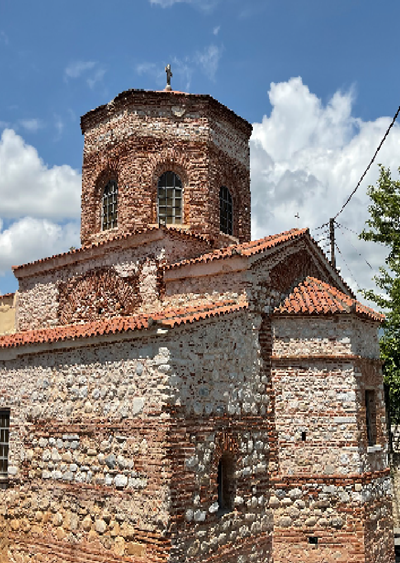
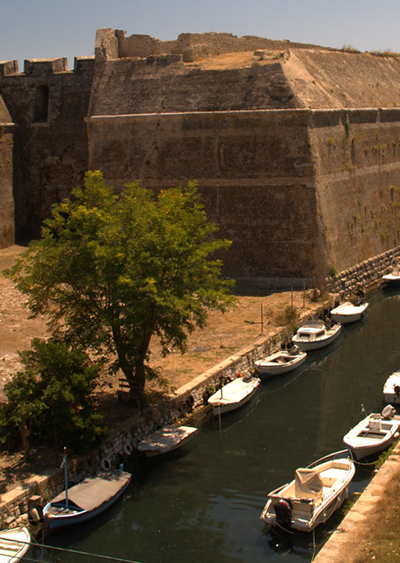
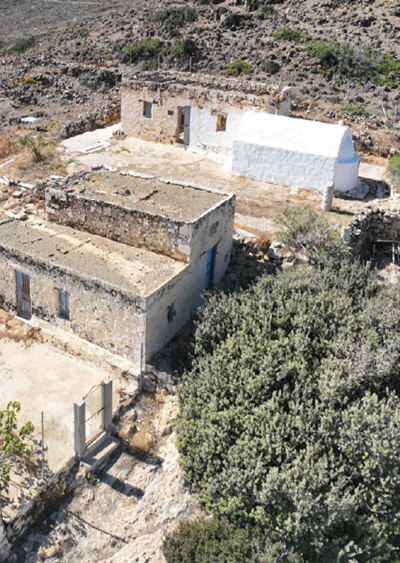
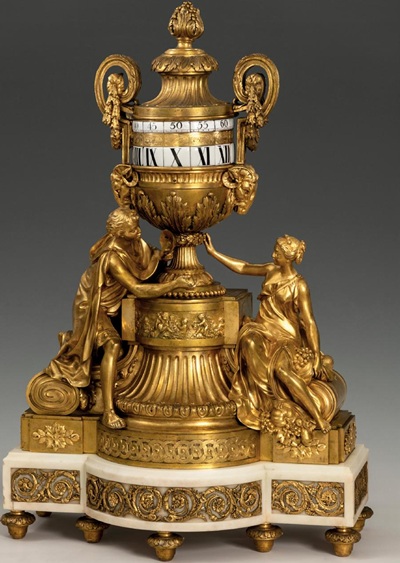


Leave A Comment